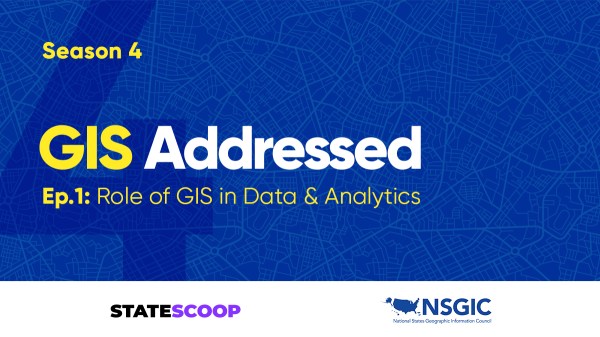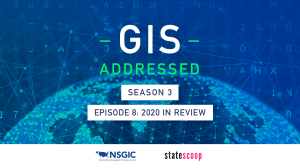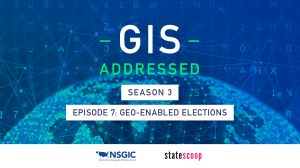
Still ‘lack of belief’ in GIS among emergency management leaders
Geospatial information systems have improved emergency response during hurricanes and other natural disasters, but further adoption of the technology is needed, says the former chief information officer of Florida’s Division of Emergency Management.
On StateScoop’s GIS Addressed podcast, Richard Butgereit, who is now the director of catastrophe response for the Geospatial Intelligence Center, says GIS’ lack of adoption is in fact one of the biggest challenges facing emergency management.
“There’s still just a lack of adoption, a lack of belief in the power of GIS that you can see, and not enough investments in the resources and training,” Butgereit says. “[It] comes down to people are simply afraid to share data.”
Butgereit encourages state GIS leaders, as well as other emergency management officials to embrace the power of GIS and break away from a world where information is locked away and into one where more information can make response more efficient, and ultimately, save lives.
“It’s so powerful, it’s so full of discovery,” Butgereit says. “I think you have to embrace it and you really have to get the data out, particularly when sharing [disater response information] with the public.”
Even in a state like Florida, where Butgereit served in technology and GIS roles with government for more than a decade, challenges to sharing remain — even though the state has invested in GIS to support emergency operations.
“You still can’t believe how much data and information gets locked away in spreadsheets,” Butgereit says. “It’s just in someone’s email or it’s being passed around in a situation report and not really able to be visualized out on the map.”
Now at the Geospatial Intelligence Center — a not-for-profit initiative of the National Insurance Crime Bureau that is powered by Vexcel Imagery — Butgereit says he hopes his work can help solve that problem. The group comes in after disasters and captures aerial photographs and remote sensing data for the insurance industry.
“Collecting this data for the insurance industry, we’re also able to share it with public safety and help them in their immediate response and recovery to these disasters,” Butgereit says.
On the podcast:
- Richard Butgereit, director of catastrophe response, Geospatial Intelligence Center
- Jake Williams, associate publisher and director of strategic initiatives, StateScoop
Things to listen for:
- The most important use of GIS in emergency response is using it for situational awareness during the response phase of a disaster, Butgereit says.
- Though Butgereit has never worked directly with next generation 911, Butgereit says GIS is “very important” in supporting the initial assessment of a situation and dispatching resources effectively.
- During disasters like Hurricane Michael which hit Forida in October 2018, Butgereit says FirstNet helped maintain connectivity during the natural disaster.
- Going forward, Butgereit expects the continued advancement of technology to continue to contain geospatial elements that will lead to better disaster recovery and emergency response.
GIS Addressed is a podcast from StateScoop and the National States Geographic Information Council about the role of geographic information systems in government.
In addition to listening to this podcast and other StateScoop podcasts on StateScoop.com, you can now subscribe on iTunes and have episodes delivered directly to your smartphone’s podcasts app when new episodes are released.


